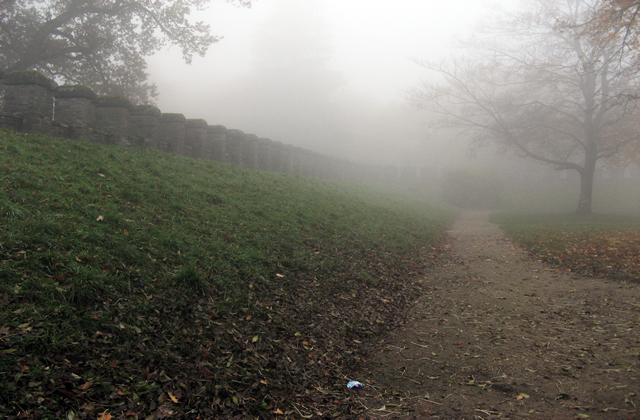
ITIS "GALILEO FERRARIS", Napoli; Zespół Szkół Gimnazjalno, Poznan
Limes
This picture shows part of the fortifications around the Roman Castel Saalburg In his extension the Limes is an impressive testimony of the Roman Empire. The Limes was protecting the border, stretching from the Rhine near Koblenz, about 550 miles through the present-day southwest Germany to Regensburg. The systematic expansion of the Limes began around 100 AD - several decades after a Roman army was defeated by Varus - The Limes, however, was not designed as
an untouchable and insuperable line. Most of the border was a palisade of oak piles, and later in some places there was a ditch and an earthen wall about two meters high added. Prosperous provinces within a few decades now
became impoverished areas where Germans settled gradually. For the area between
Limes, Rhine and Danube, from the year 297 AD the
term "Alemannia" appeared.
|
|
|
||||||||
